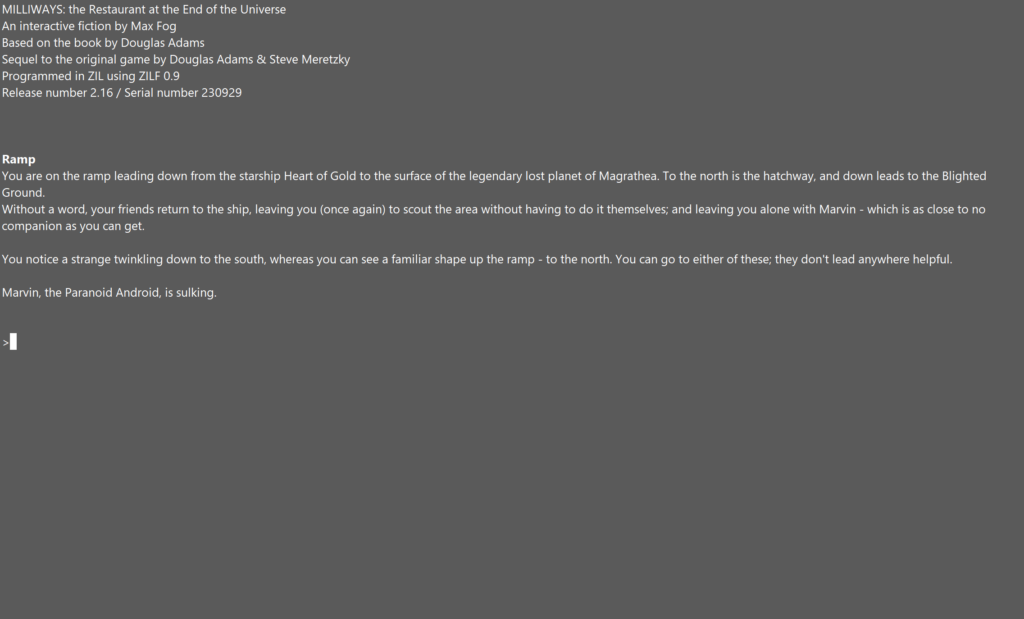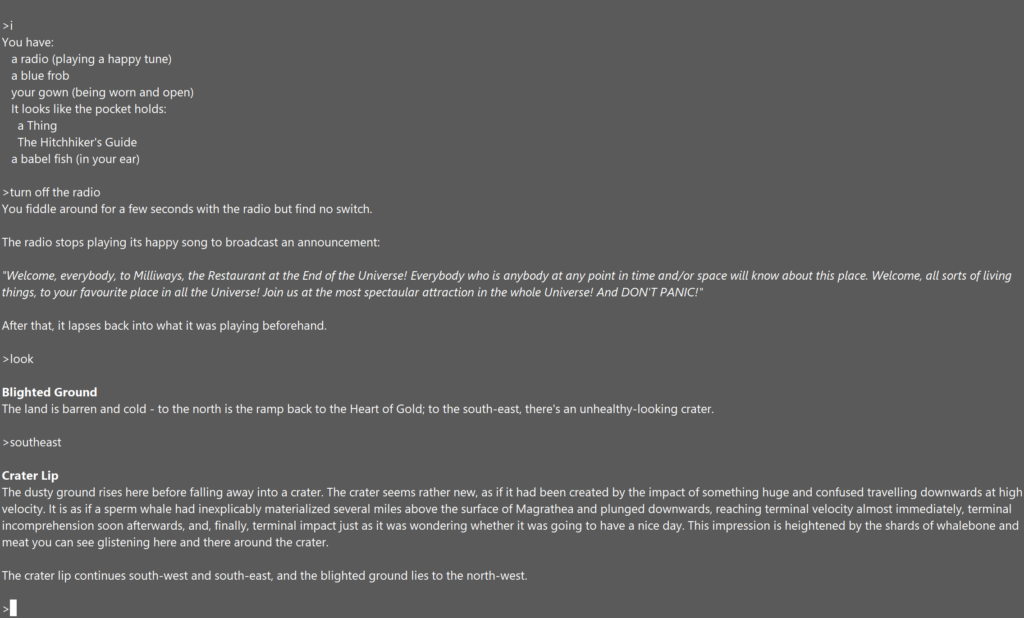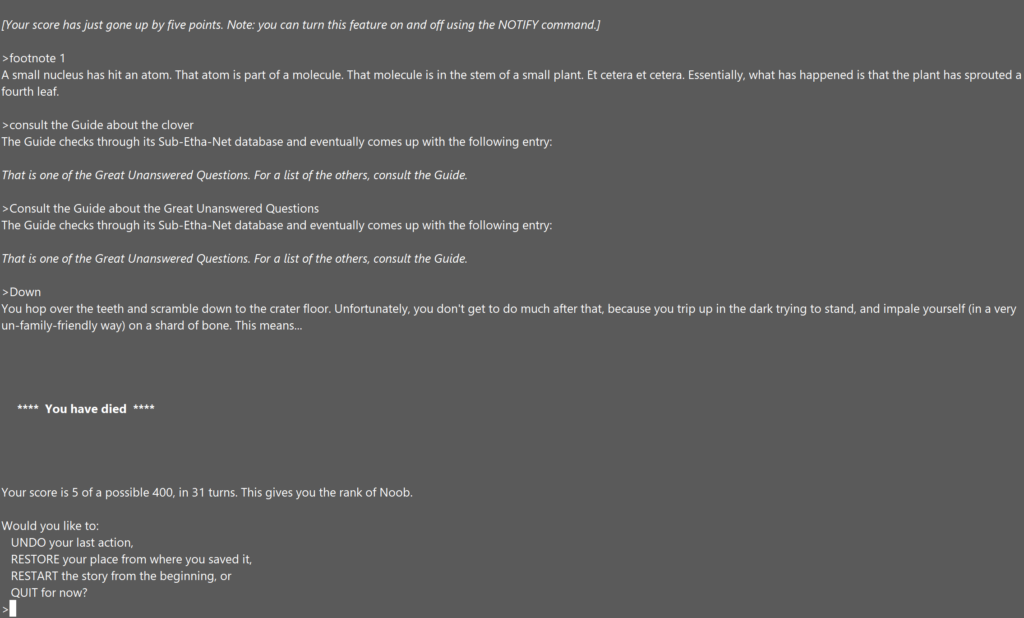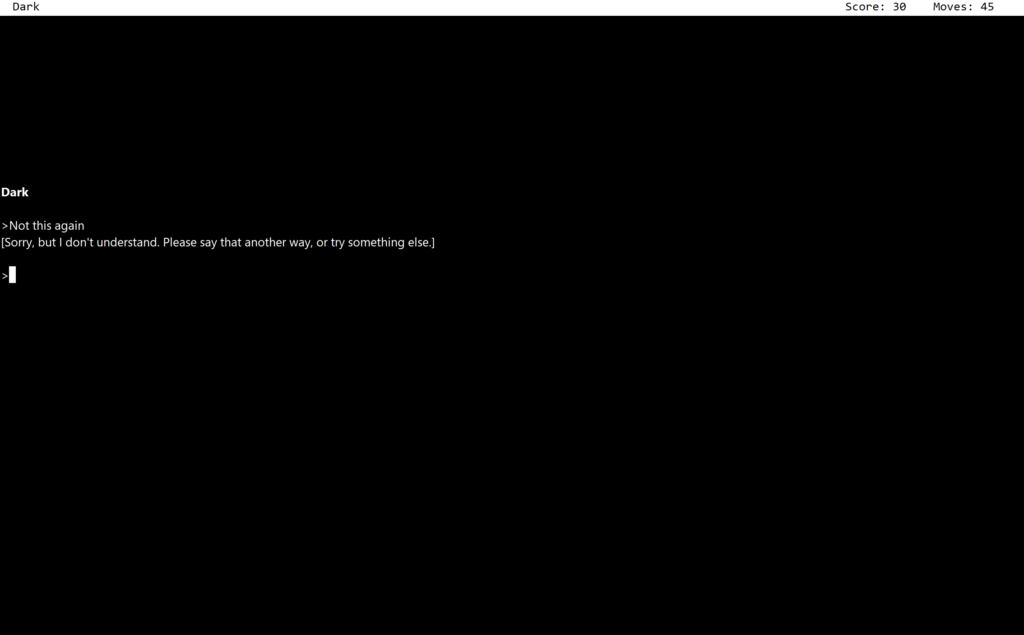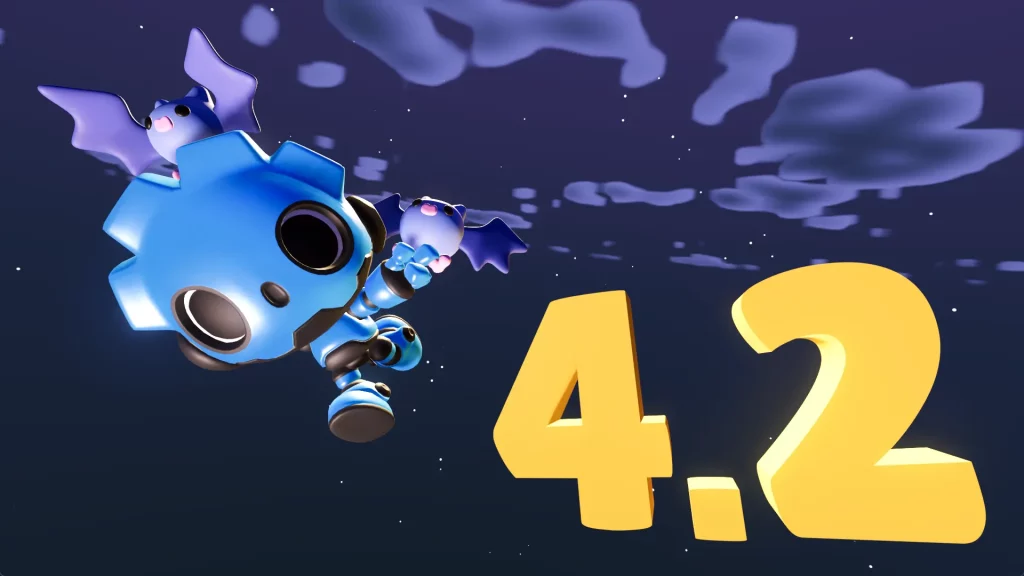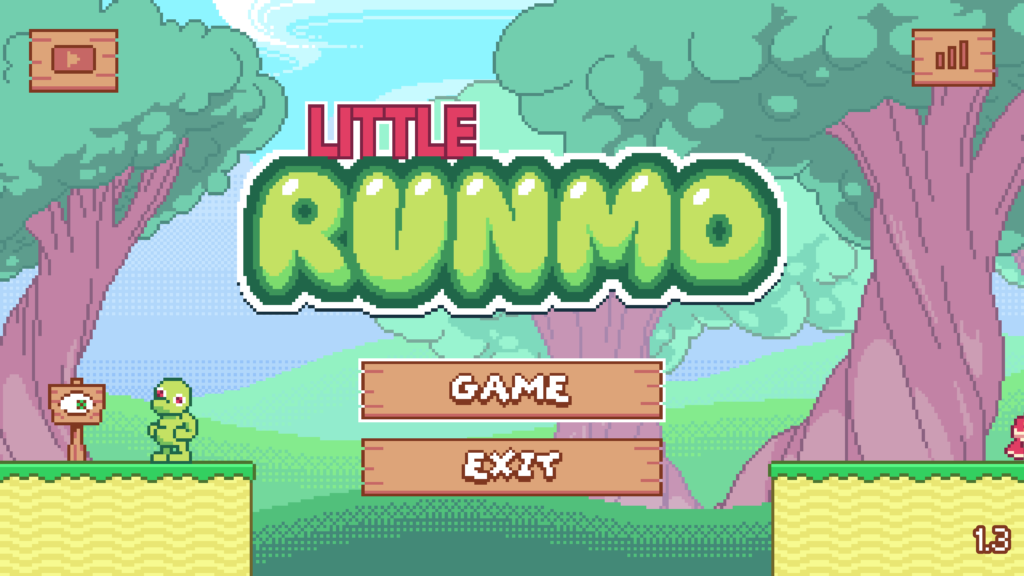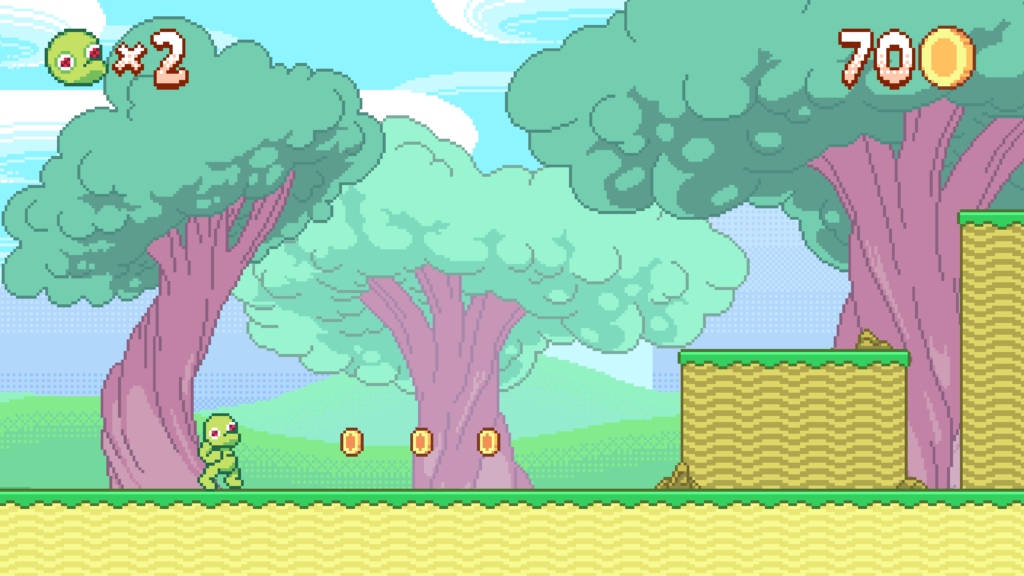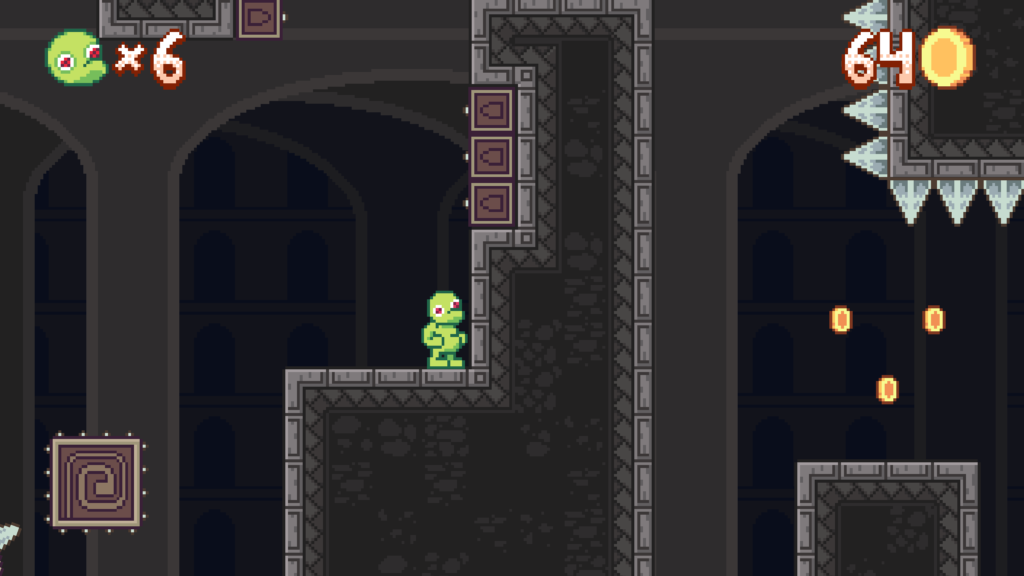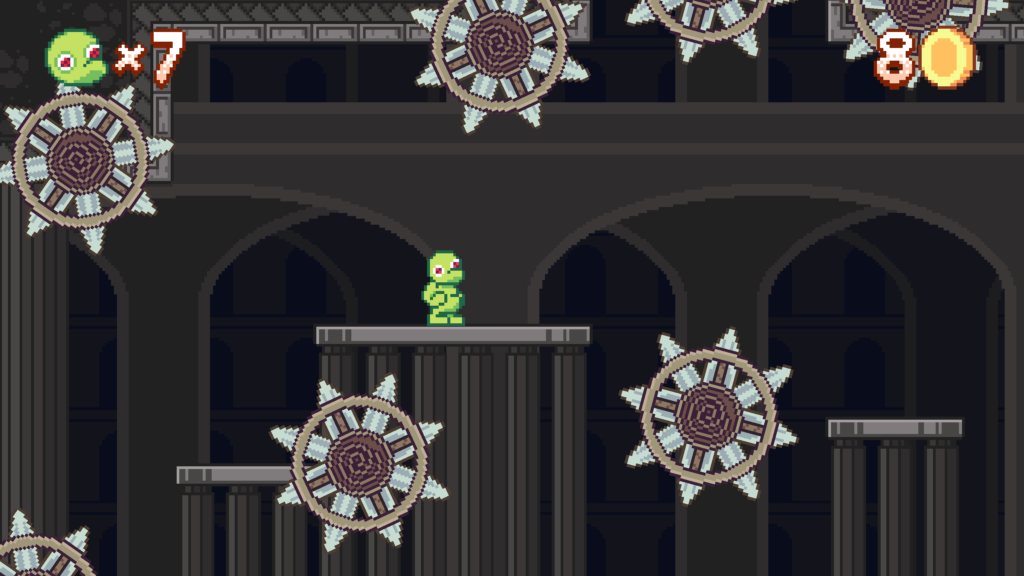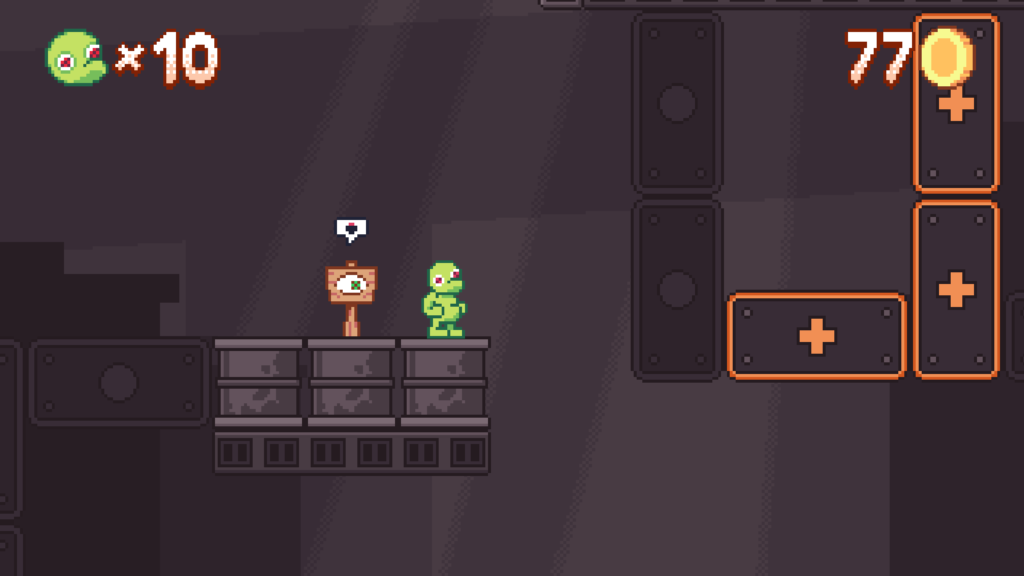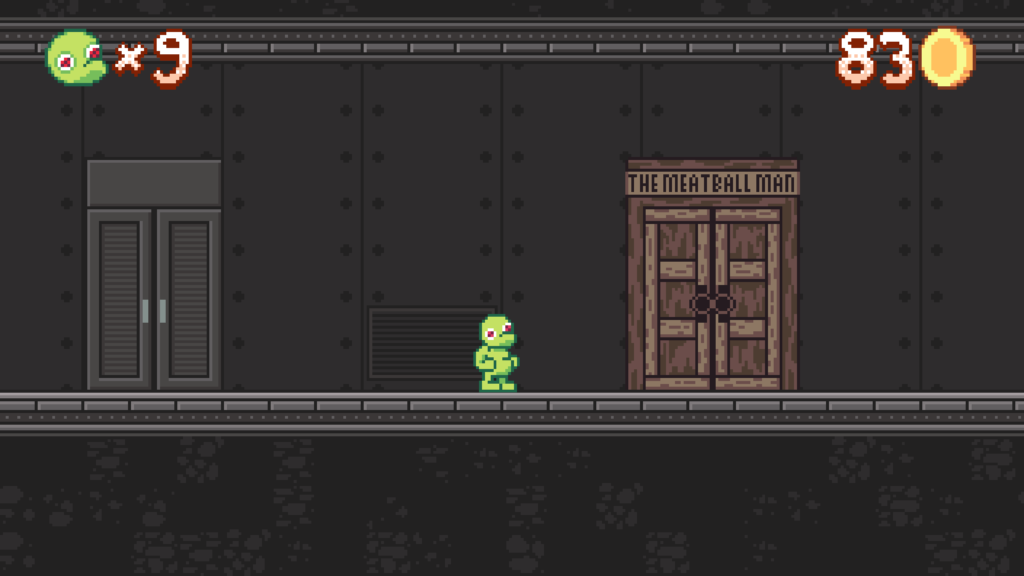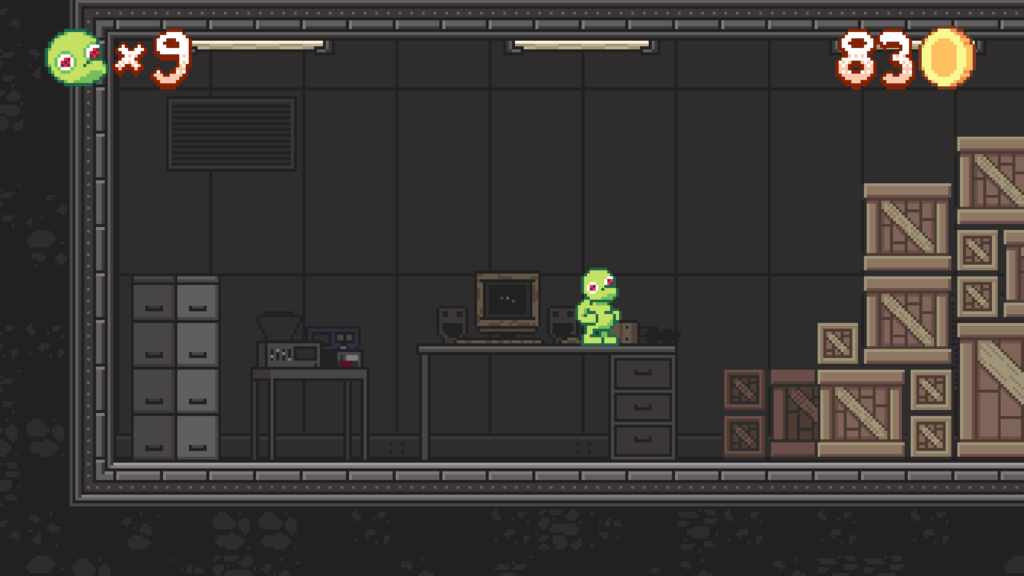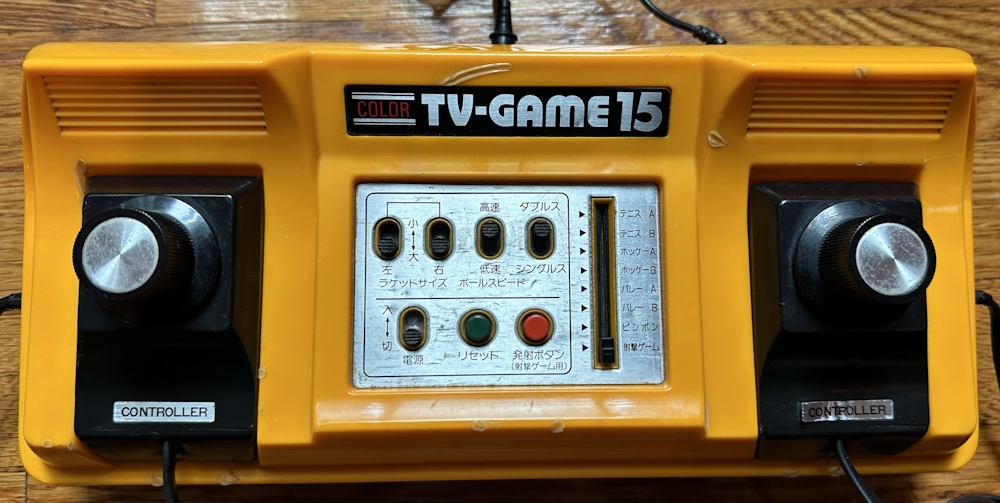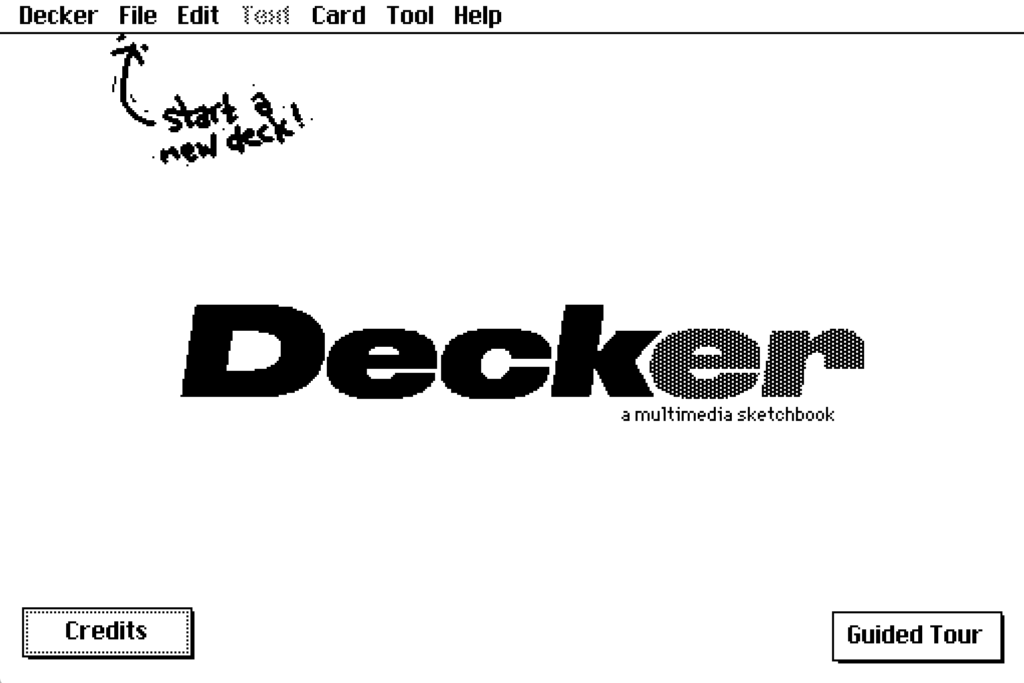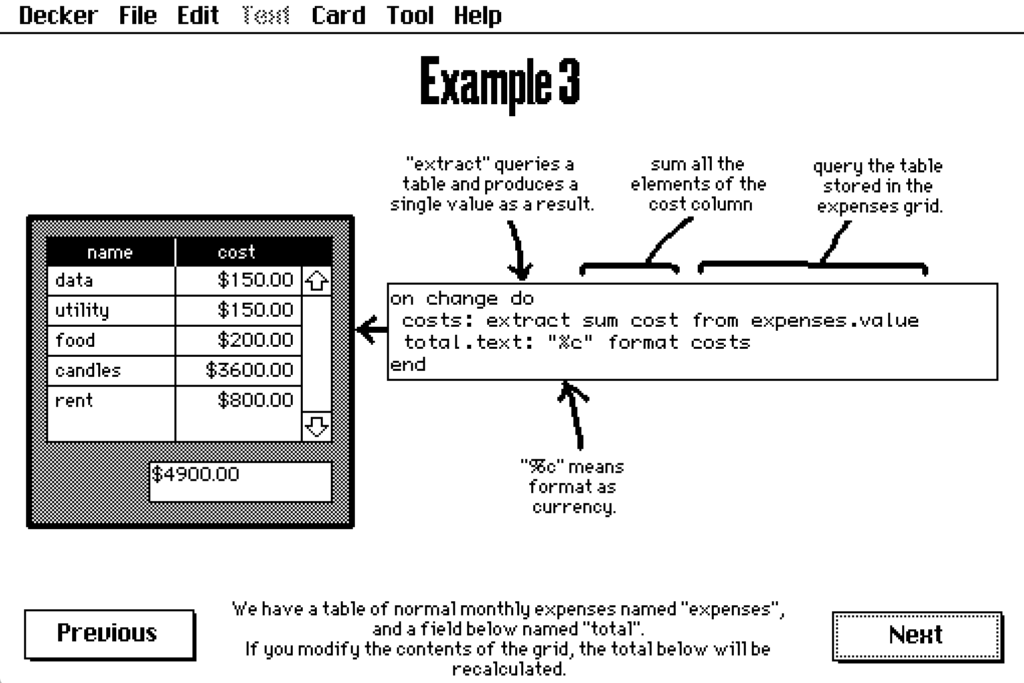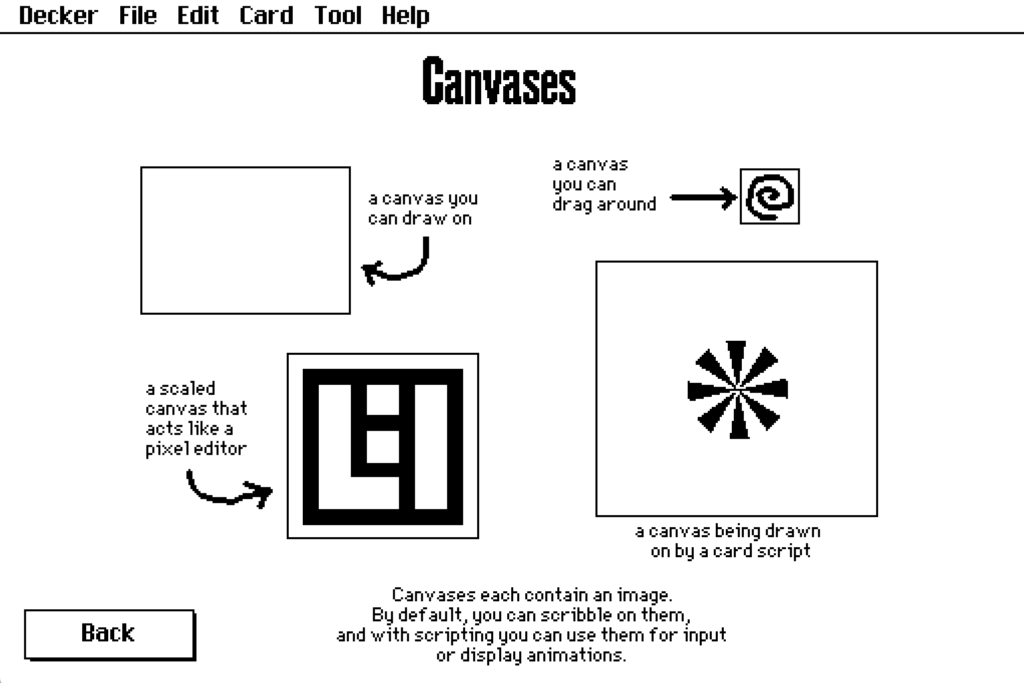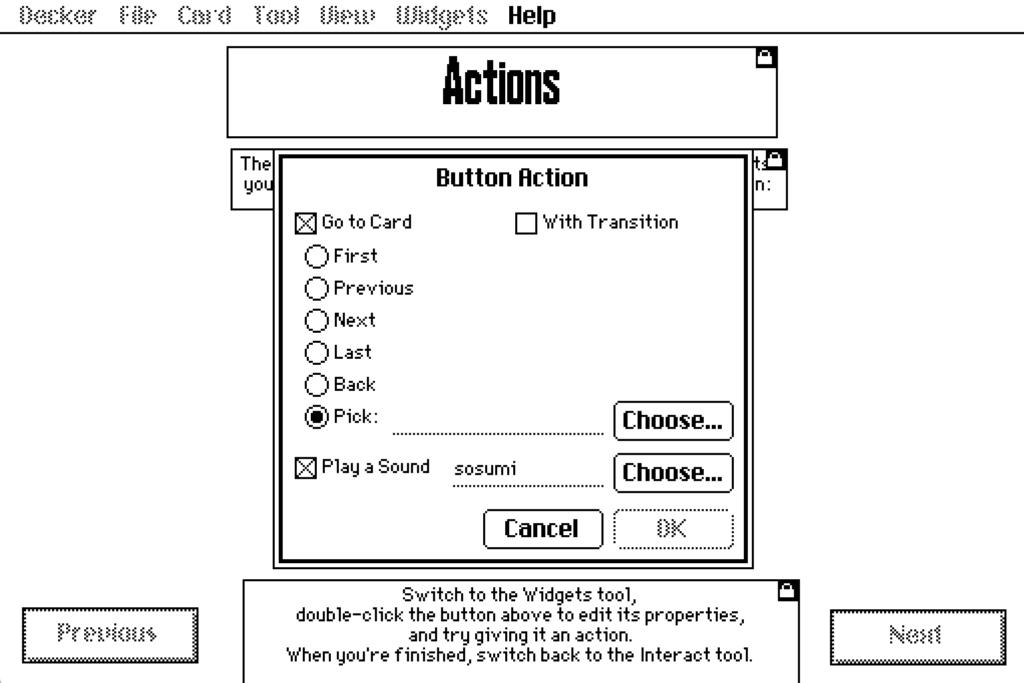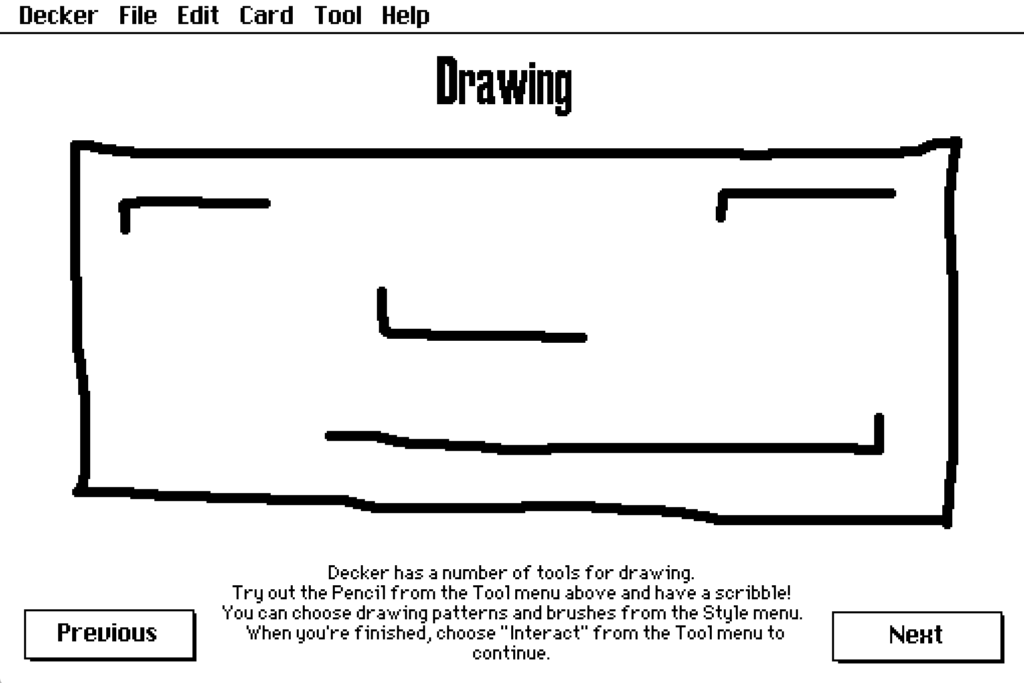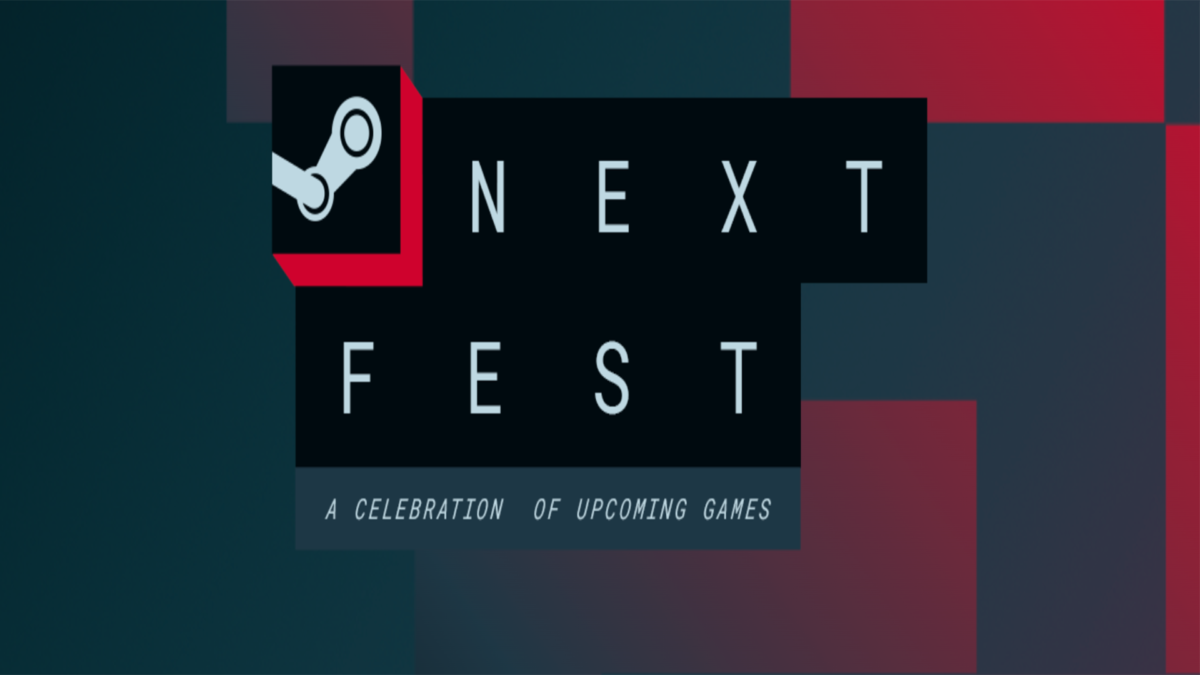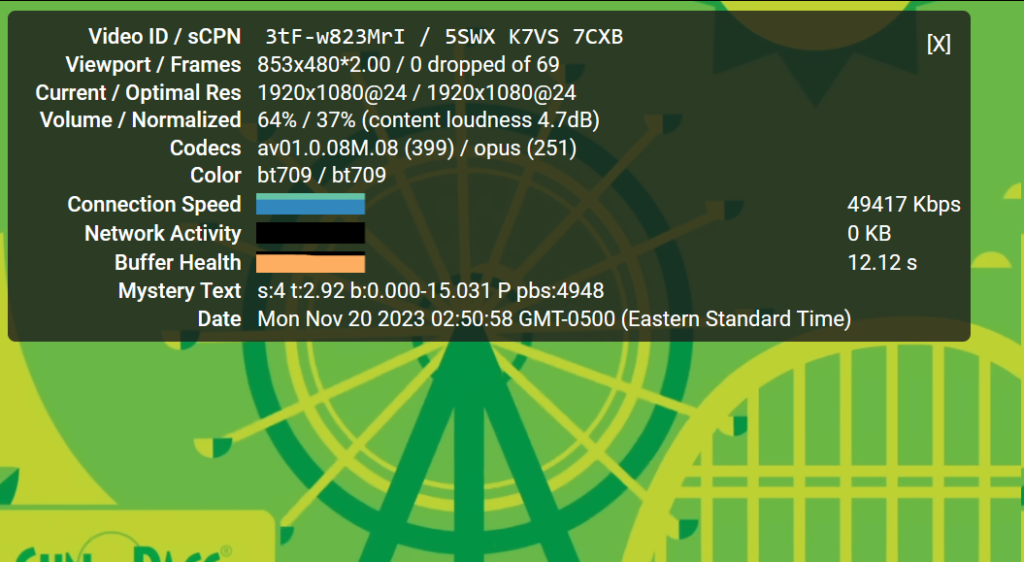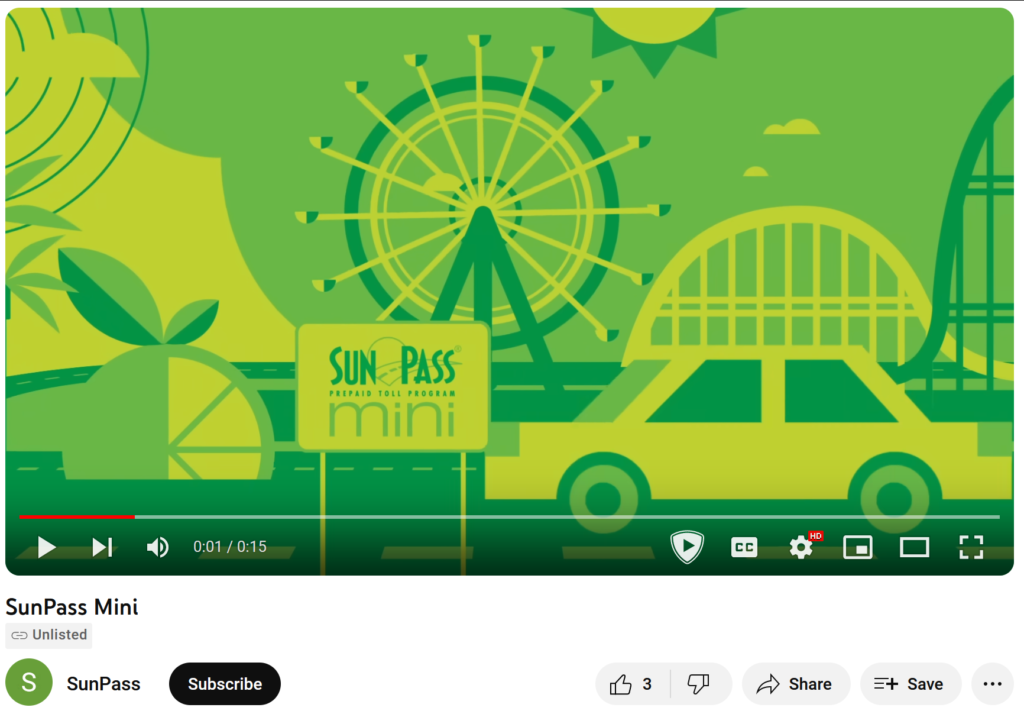A long time ago, there was a radio series called The Hitchhiker’s Guide to the Galaxy. It was about a man named Arthur Dent, who with the aid of his friend Ford Prefect managed to escape from the Earth when it was demolished to make way for a hyperspace bypass, after which he went to have increasingly weird and ridiculous adventures.
At the center of the story was an electronic book named, like the radio series itself, The Hitchhiker’s Guide to the Galaxy, which was like an iPhone and Wikipedia combined into one device, only Douglas Adams somehow thought of them in 1978, which was the same year Space Invaders was being manufactured. It was written by a brilliantly funny man named Douglas Adams. Adams also wrote some scripts for Doctor Who, and some other books, including The Meaning of Liff, Last Chance to See and Dirk Gently’s Holistic Detective Agency.
Before he wrote those other books though, he wrote some more about the Hitchhiker’s Guide. He wrote a TV series based on the radio series. There was also a vinyl recording, which was simply called an album then because CDs hadn’t been invented yet. Each of these versions of The Hitchhiker’s Guide to the Galaxy has substantial differences from all the others. Then Douglas Adams met Steve Meretzky, and the two of them did a computer game version of The Hitchhiker’s Guide to the Galaxy, itself with major differences from the other versions.
They made the game for a company called Infocom. Infocom was one of the first great successes in computer gaming. They wrote what they called interactive fiction, but could more generally be called text adventures. They presented the world of the game as text on a screen, like you were reading a book, and you expressed what you wanted the protagonist character to do by typing commands. Sort of like those things some inaccurately call AIs, and are more properly called Large Language Models, or LLMs, except a person actually wrote everything that can happen, and there’s a point to them.
The Hitchhiker’s Guide to the Galaxy was the second best-selling game that Infocom ever did, after Zork. It sold over a million copies, a gigantic success at the time, and still pretty good today. So everyone was keen to do a second Hitchhiker’s Guide game. The game even says, at the end, that an incredible adventure was about to happen, but you’d have to buy the next game to find out what it was.
Time passed….
Infocom tried to get Douglas Adams to create a sequel. He did co-write Bureaucracy with the staff of Infocom, a lesser game with some brilliant ideas in it. Later he wrote Starship Titanic for a different company, which was fairly well-received. Douglas Adams was, as said, a brilliant person, but his was a whimsical and capricious intelligence, fixating on things that seized its fancy, but that made it difficult to focus on mundanities.
Infocom’s games sold steadily fewer copies as time passed. Eventually, they were bought by Activision, and functionally shut down. They made some Zork games themselves, but eventually Activision forgot that Zork or Infocom even existed.
Some more time passed….
Douglas Adams wrote some more Hitchhiker’s books. At the time there were already two, The Restaurant at the End of the Universe and Life, The Universe and Everything. He soon followed it up with So Long And Thanks For All the Fish, and then Mostly Harmless.
He never did write that sequel to the computer Hitchhiker’s game. Then, sadly, Douglas Adams, who in Last Chance to See wrote movingly about animals on the edge of extinction, went extinct himself, dying on May 11, 2001.
Time continued to pass. Disney, the least-suited company for such a thing, made a big movie version of The Hitchhiker’s Guide to the Galaxy. It wasn’t too bad, all told, but it wasn’t Disney-level popular, probably because it didn’t have space magicians or superheroes in it.
Lots of people, not the least of which his old friends at Infocom, were saddened that Adams never followed up with that second Guide game.
Then in 2023, a person with the nom de net of Max Fox wrote their own version of what a sequel to The Hitchhiker’s Guide to the Galaxy might have been. It’s called Milliways: The Restaurant at the End of the Universe.
It adheres to older trends in adventure gaming: you die sometimes just from trying things out. Puzzle solutions can be a bit cryptic. But it also has a simulation of Infocom’s “Invisiclues” built in, where you can pick the area you’re in and problem you’re having from lists and get a series of more specific hints for getting past your problem area, which is still a pretty good way to provide play help without giving away the whole puzzle like a walkthrough might.
No, it isn’t the sequel that Douglas Adams would have written. But that thing will never be. It’s possible that someday a different sequel will be written that matches Douglas Adams’s voice a little better. But in the meantime, we have one idea of what it could have been like.
It doesn’t make it a happier galaxy to live in. But it does make it marginally less sad, and that’s the best we can hope for.
(Note: following images have spoilers for the very early phase of the game. If you want to play this game, you’ll need a program that can play Z-machine files. I suggest Windows Frotz.)
